
Books for All Seasons...
Books for All Reasons
By Tiffany English, Buford GA and Joshua Southard, Whitestown, IN
During the challenges of teaching through a pandemic, children's literature has been a way to structure lessons that capture student interest and foster creativity while enfolding children in the comfort of a good story. Two experienced Orff Schulwerk teachers, who also happen to be book lovers, share a few favorite titles from their collections. Browse this list and find ideas to use in these last few days before winter break or to save for lesson ideas to start the New Year.
Shared by Tiffany English, past president of AOSA and co-national conference chair for the 2014 and 2021 AOSA Professional Development Conferences:
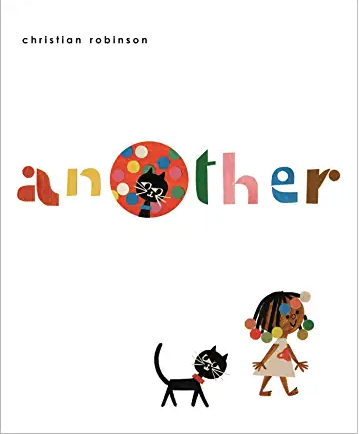 another by Christian Robinson - One night, a portal opens in a little girl’s bedroom. Her adventurous cat steps through and she bravely follows. From there, she and her cat have adventures in this other world with their doubles. Without dialogue, the clever illustrations tell the story. Sometimes books without text seem difficult to include in music lessons, but actually the opposite may be true as children become the dialogue through imagination and discussion. Students love the “what if” quality of the book that leads to even deeper levels of understanding and imagined outcome. For example, "What if the tonal center changes?" This is a great entry point for teaching the differences in the qualities of modes. Using the idea of "another," invite the children to take the germ of a melodic idea and explore how it sounds with "another" tonal center. Additionally, this book offers opportunities to teach mirroring, shadowing, and positive/negative space in movement experiences. The lack of dialogue makes the notion of soundlessly moving with a partner a natural experience and students love using the illustrations as an inspiration for their own ideas.
another by Christian Robinson - One night, a portal opens in a little girl’s bedroom. Her adventurous cat steps through and she bravely follows. From there, she and her cat have adventures in this other world with their doubles. Without dialogue, the clever illustrations tell the story. Sometimes books without text seem difficult to include in music lessons, but actually the opposite may be true as children become the dialogue through imagination and discussion. Students love the “what if” quality of the book that leads to even deeper levels of understanding and imagined outcome. For example, "What if the tonal center changes?" This is a great entry point for teaching the differences in the qualities of modes. Using the idea of "another," invite the children to take the germ of a melodic idea and explore how it sounds with "another" tonal center. Additionally, this book offers opportunities to teach mirroring, shadowing, and positive/negative space in movement experiences. The lack of dialogue makes the notion of soundlessly moving with a partner a natural experience and students love using the illustrations as an inspiration for their own ideas.
 Big Bear, Small Mouse by Karma Wilson and Jane Chapman - This delightfully illustrated book is about a loveable bear and his friends in the meadow. The story leads young children to explore opposites such as big/small, high/low, loud/quiet, and cold/warm. Vocalization, movement, instrument work, and dramatization are all entry points. Children love to move as the animals move, use their voices to reflect the action, and to improvise on instruments for each character and/or sound.
Big Bear, Small Mouse by Karma Wilson and Jane Chapman - This delightfully illustrated book is about a loveable bear and his friends in the meadow. The story leads young children to explore opposites such as big/small, high/low, loud/quiet, and cold/warm. Vocalization, movement, instrument work, and dramatization are all entry points. Children love to move as the animals move, use their voices to reflect the action, and to improvise on instruments for each character and/or sound.
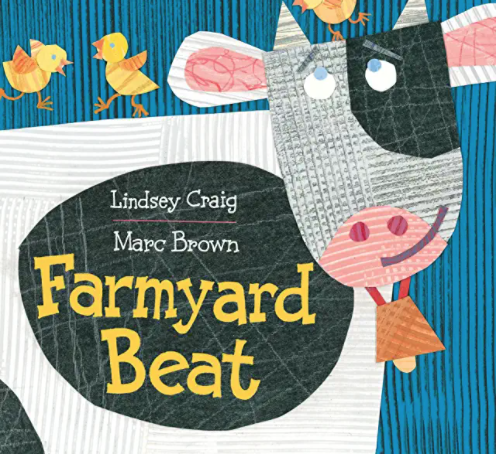 Farmyard Beat by Lindsey Craig, Illustrations by Marc Brown - When the animals can’t sleep, they all wake up and have a party. The party grows and grows until Farmer Sue wakes up. The animals think they are in trouble, but no such bad news. Sue joins the party and the fun continues. Each animal has its own pattern which can be easily transferred to ostinato work. Younger children can take the patterns and add their own body percussion. Older students can layer the ostinato patterns - using body percussion or unpitched percussion - until all are combined for the climax of the party. At the end, all the animals go to sleep in a heap. My students love adding snoring sounds at the end for a final bit of fun.
Farmyard Beat by Lindsey Craig, Illustrations by Marc Brown - When the animals can’t sleep, they all wake up and have a party. The party grows and grows until Farmer Sue wakes up. The animals think they are in trouble, but no such bad news. Sue joins the party and the fun continues. Each animal has its own pattern which can be easily transferred to ostinato work. Younger children can take the patterns and add their own body percussion. Older students can layer the ostinato patterns - using body percussion or unpitched percussion - until all are combined for the climax of the party. At the end, all the animals go to sleep in a heap. My students love adding snoring sounds at the end for a final bit of fun.
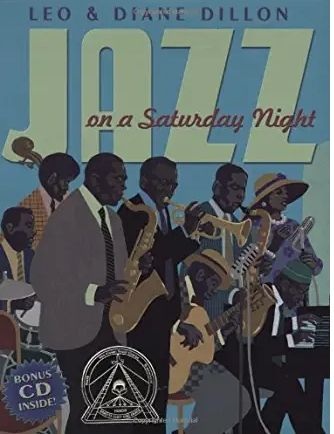 Jazz on a Saturday Night by Leo and Diane Dillon - The authors create a fictional Saturday night performance including Miles Davis, Max Roach, Charlie Parker, John Coltrane, Thelonious Monk, Stanley Clarke, and Ella Fitzgerald. While some of these musicians did perform together, this entire group never did. If they had, it would have been a Saturday night to remember! This is a wonderful book to show children how music, and jazz in particular, is an integral part of the social structure and life of ordinary people. It is also a way to dig deeper into the origins of jazz and how it developed over time into the indispensable part of American music that it is today. The authors approach this through a fictional narrative but in a nonfictional framework which lends a sense of importance and respect to jazz music that I haven’t found in some other jazz themed children’s books.
Jazz on a Saturday Night by Leo and Diane Dillon - The authors create a fictional Saturday night performance including Miles Davis, Max Roach, Charlie Parker, John Coltrane, Thelonious Monk, Stanley Clarke, and Ella Fitzgerald. While some of these musicians did perform together, this entire group never did. If they had, it would have been a Saturday night to remember! This is a wonderful book to show children how music, and jazz in particular, is an integral part of the social structure and life of ordinary people. It is also a way to dig deeper into the origins of jazz and how it developed over time into the indispensable part of American music that it is today. The authors approach this through a fictional narrative but in a nonfictional framework which lends a sense of importance and respect to jazz music that I haven’t found in some other jazz themed children’s books.
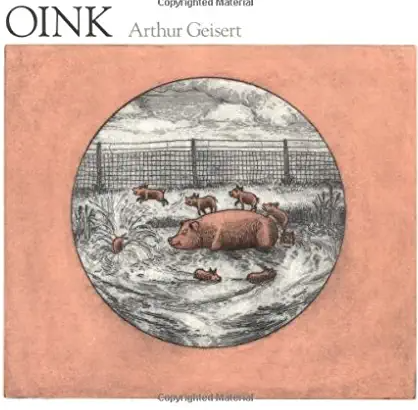 Oink by Arthur Geisert - If you want a book that will send your students into fits of giggles, this is it. There is only one word in the entire book, “oink.” The fun is finding the correct inflection to convey the appropriate meaning. One day the mother and piglets wake up and start their day with breakfast and a romp in the mud. Naturally, a nap is needed after that. While the mother pig naps, the naughty piglets are off on an adventure to get apples. Needless to say, once the mother pig finds all of her piglets up the apple tree, she is not pleased. Not at all. My students love narrating this book and being very dramatic with the rendition. Then we work on vocal exploration and expression by having “oink” conversations. Hilarious!
Oink by Arthur Geisert - If you want a book that will send your students into fits of giggles, this is it. There is only one word in the entire book, “oink.” The fun is finding the correct inflection to convey the appropriate meaning. One day the mother and piglets wake up and start their day with breakfast and a romp in the mud. Naturally, a nap is needed after that. While the mother pig naps, the naughty piglets are off on an adventure to get apples. Needless to say, once the mother pig finds all of her piglets up the apple tree, she is not pleased. Not at all. My students love narrating this book and being very dramatic with the rendition. Then we work on vocal exploration and expression by having “oink” conversations. Hilarious!
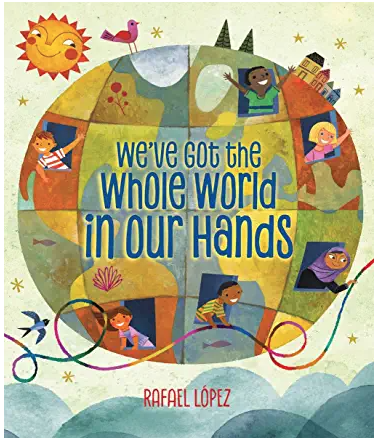 We’ve Got the Whole World in Our Hands by Rafael López - The author and illustrator of this book has created a beautiful version of this song. Originally known as He’s Got the Whole World in His Hands, the hymn was first published in 1927. López’s version modifies this song, but continues to focus on the idea of unity and harmony. López brings in ideas of environmental and cultural awareness through his beautiful illustrations. My students love looking very closely at the illustrations and discussing what they see and how that relates to the song and to the world they live in. This is a lovely book for a picture "walk" and for singing with your students.
We’ve Got the Whole World in Our Hands by Rafael López - The author and illustrator of this book has created a beautiful version of this song. Originally known as He’s Got the Whole World in His Hands, the hymn was first published in 1927. López’s version modifies this song, but continues to focus on the idea of unity and harmony. López brings in ideas of environmental and cultural awareness through his beautiful illustrations. My students love looking very closely at the illustrations and discussing what they see and how that relates to the song and to the world they live in. This is a lovely book for a picture "walk" and for singing with your students.
Shared by Joshua Southard, AOSA Approved Teacher Educator and past member of the AOSA National Board of Trustees:
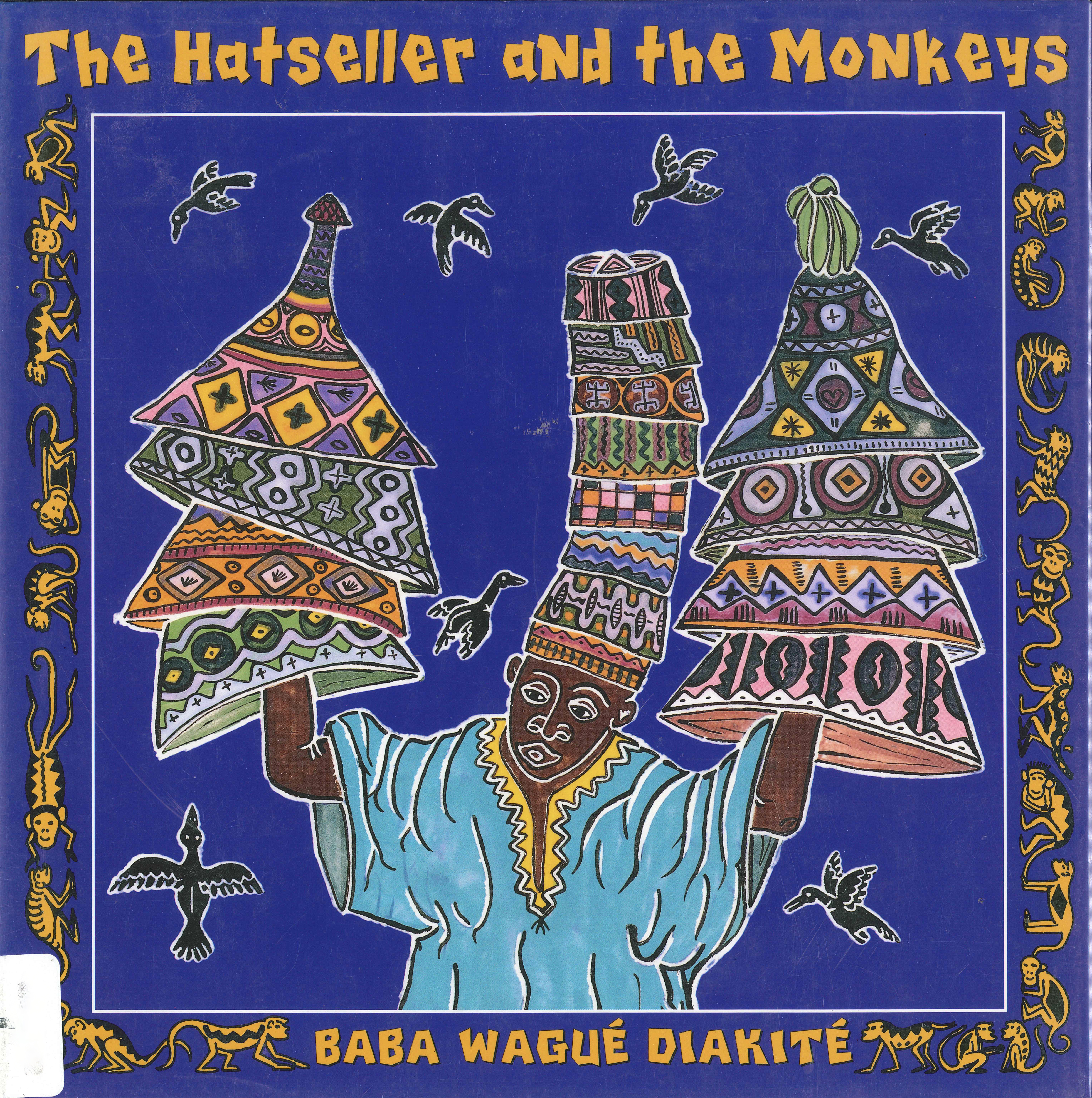 The Hatseller and the Monkeys by Baba Wagué Diakite - This beautifully illustrated book is another rendition of the classic tale Caps for Sale (by Esphyr Slobodkina). This version comes from West Africa and tells the story of BaMusa the hatseller. He makes dbiri and fugulan caps after each harvest and then travels to nearby villages to sell them at festivals. The book invites many possibilities for the music classroom from how BaMusa sings a song wherever he travels - and the rhythmic sounds of his snoring - to the imitation from the monkeys and their back and forth banter. And in the end, BaMusa learns a very important lesson from his ordeal with the monkeys.
The Hatseller and the Monkeys by Baba Wagué Diakite - This beautifully illustrated book is another rendition of the classic tale Caps for Sale (by Esphyr Slobodkina). This version comes from West Africa and tells the story of BaMusa the hatseller. He makes dbiri and fugulan caps after each harvest and then travels to nearby villages to sell them at festivals. The book invites many possibilities for the music classroom from how BaMusa sings a song wherever he travels - and the rhythmic sounds of his snoring - to the imitation from the monkeys and their back and forth banter. And in the end, BaMusa learns a very important lesson from his ordeal with the monkeys.
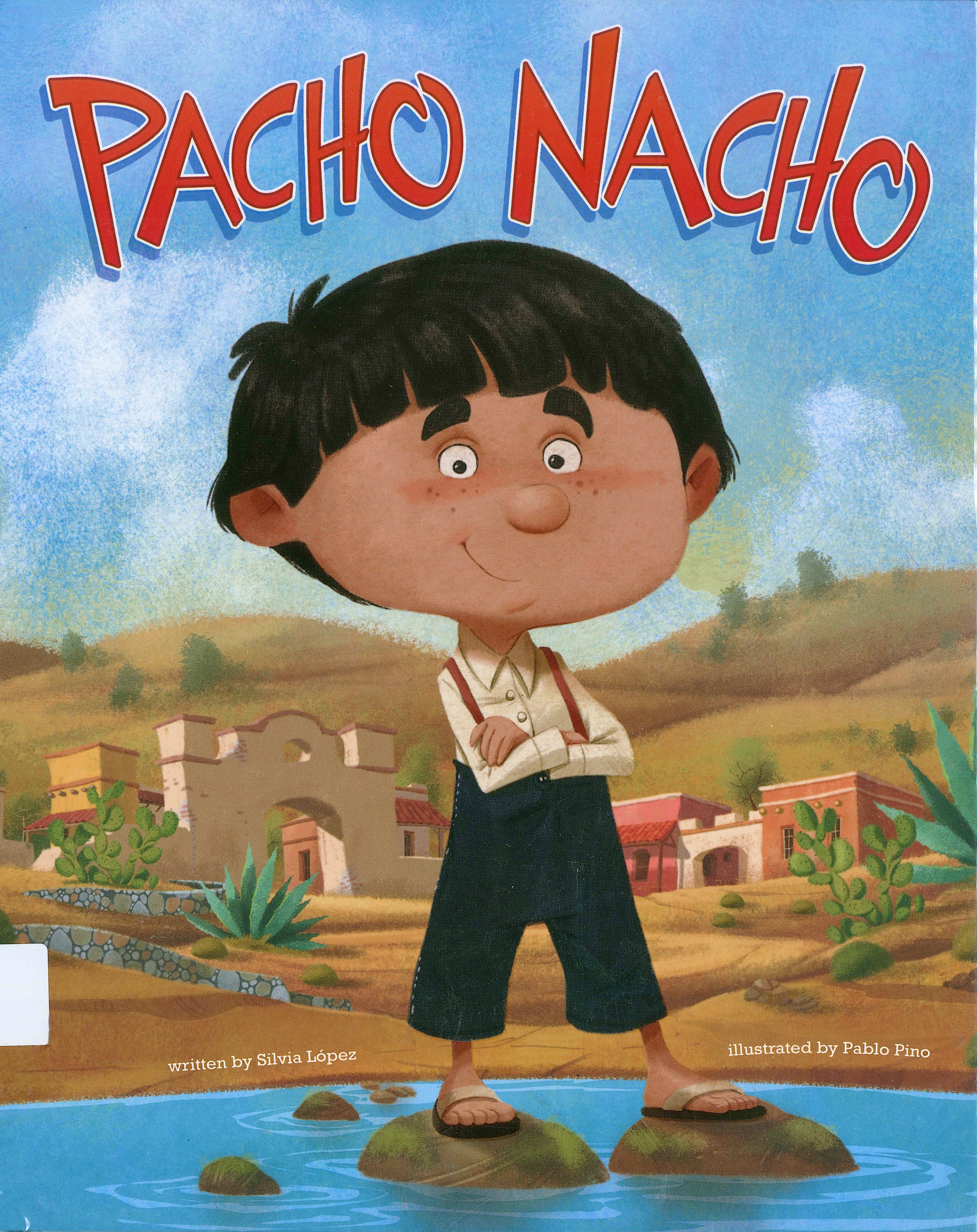 Pacho Nacho by Silvia Lopez - Some may know the story of Eddie Cucha Catcha, a tale about the consequences of long names. Author Silvia Lopez was born in Cuba and did not speak English until she was 10. In her author's note she tells how this story originated in Japan hundreds of years ago - and eventually travelled over three continents - but she noticed that none of the versions came from the Hispanic Americas. This book introduces us to Pacho-Nacho-Nico-Tico-Melo-Felo-Kiko-Rico, his brother Juan, and their adventures down by the river. Although written in English, Spanish words are used throughout the book and a glossary is included to help with translations. My students enjoy the rhythmic play of taking their names and objects from around the room, separating the words into syllables, and then jumbling them up to create our own long, funny names.
Pacho Nacho by Silvia Lopez - Some may know the story of Eddie Cucha Catcha, a tale about the consequences of long names. Author Silvia Lopez was born in Cuba and did not speak English until she was 10. In her author's note she tells how this story originated in Japan hundreds of years ago - and eventually travelled over three continents - but she noticed that none of the versions came from the Hispanic Americas. This book introduces us to Pacho-Nacho-Nico-Tico-Melo-Felo-Kiko-Rico, his brother Juan, and their adventures down by the river. Although written in English, Spanish words are used throughout the book and a glossary is included to help with translations. My students enjoy the rhythmic play of taking their names and objects from around the room, separating the words into syllables, and then jumbling them up to create our own long, funny names.
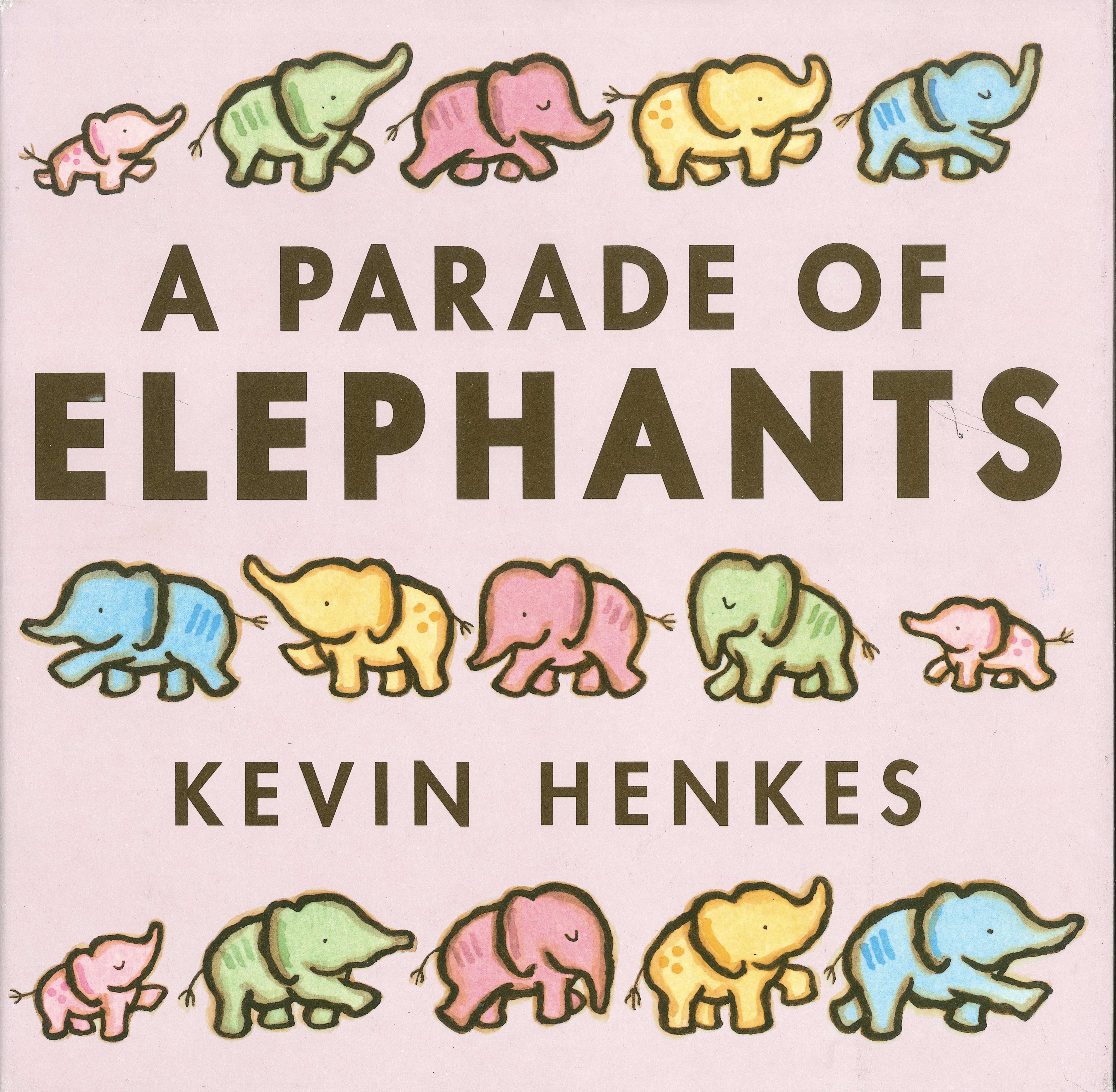 A Parade of Elephants by Kevin Henkes - The simplicity of this book is what makes it beautiful. For a teacher who is looking for a book with movement words for their younger students, this is it. Five elephants march and go up, down, over, under, around, in, and out, on their elephant parade. And at the end, they trumpet their trunks to the sky to fill it with stars. With younger students, having them act out the book while playing "The Elephant” from Carnival of the Animals (by Camille Saint Saëns) is always a huge hit. With my older students, we have taken the words and fit them to the “Diggi Diggi Dong” canon in Music for Children Vol. I1, created our own ostinati patterns, and performed:
A Parade of Elephants by Kevin Henkes - The simplicity of this book is what makes it beautiful. For a teacher who is looking for a book with movement words for their younger students, this is it. Five elephants march and go up, down, over, under, around, in, and out, on their elephant parade. And at the end, they trumpet their trunks to the sky to fill it with stars. With younger students, having them act out the book while playing "The Elephant” from Carnival of the Animals (by Camille Saint Saëns) is always a huge hit. With my older students, we have taken the words and fit them to the “Diggi Diggi Dong” canon in Music for Children Vol. I1, created our own ostinati patterns, and performed:
Up, down, big and round they go
Elephants are marching to and fro.
Up, down, big and round they go
Marching ‘til the day is done!
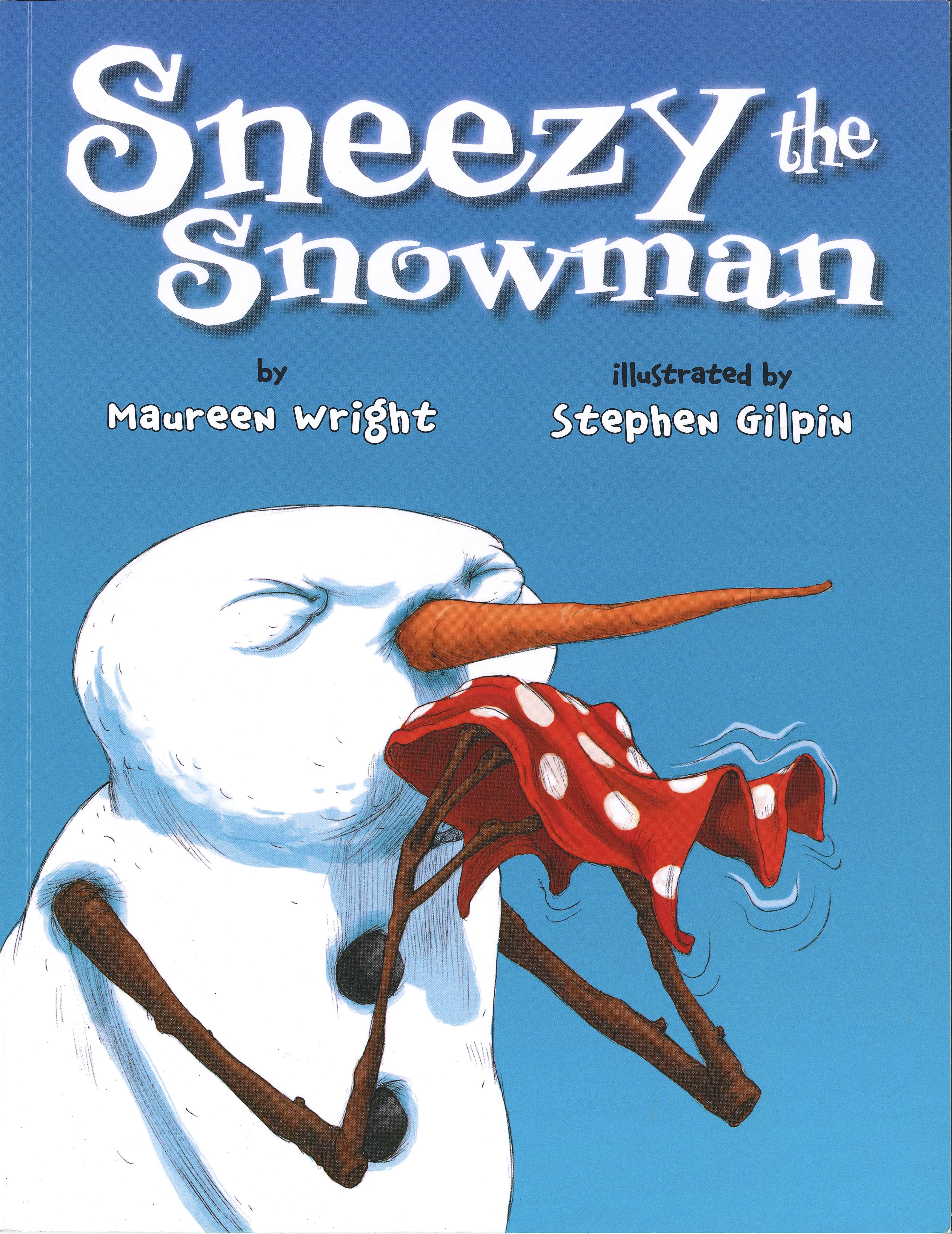 Sneezy the Snowman by Maureen Wright - Poor Sneezy! All he wants is to warm up from the cold but, with everything he tries, he gets too warm and melts and the children have to make him all over again. This book is written in an “almost” verse and refrain form, which invites activities with improvisation and student composed movement or music. With my students, we use the refrain as a rhythmic introduction to a “working” body percussion piece. While some students use movement to pretend to rebuild Sneezy, the other half performs a body percussion piece. For the next repetition, the body percussion piece is transferred to unpitched hand percussion. Then that is transferred to Orff instruments, and finally, all performed together.
Sneezy the Snowman by Maureen Wright - Poor Sneezy! All he wants is to warm up from the cold but, with everything he tries, he gets too warm and melts and the children have to make him all over again. This book is written in an “almost” verse and refrain form, which invites activities with improvisation and student composed movement or music. With my students, we use the refrain as a rhythmic introduction to a “working” body percussion piece. While some students use movement to pretend to rebuild Sneezy, the other half performs a body percussion piece. For the next repetition, the body percussion piece is transferred to unpitched hand percussion. Then that is transferred to Orff instruments, and finally, all performed together.
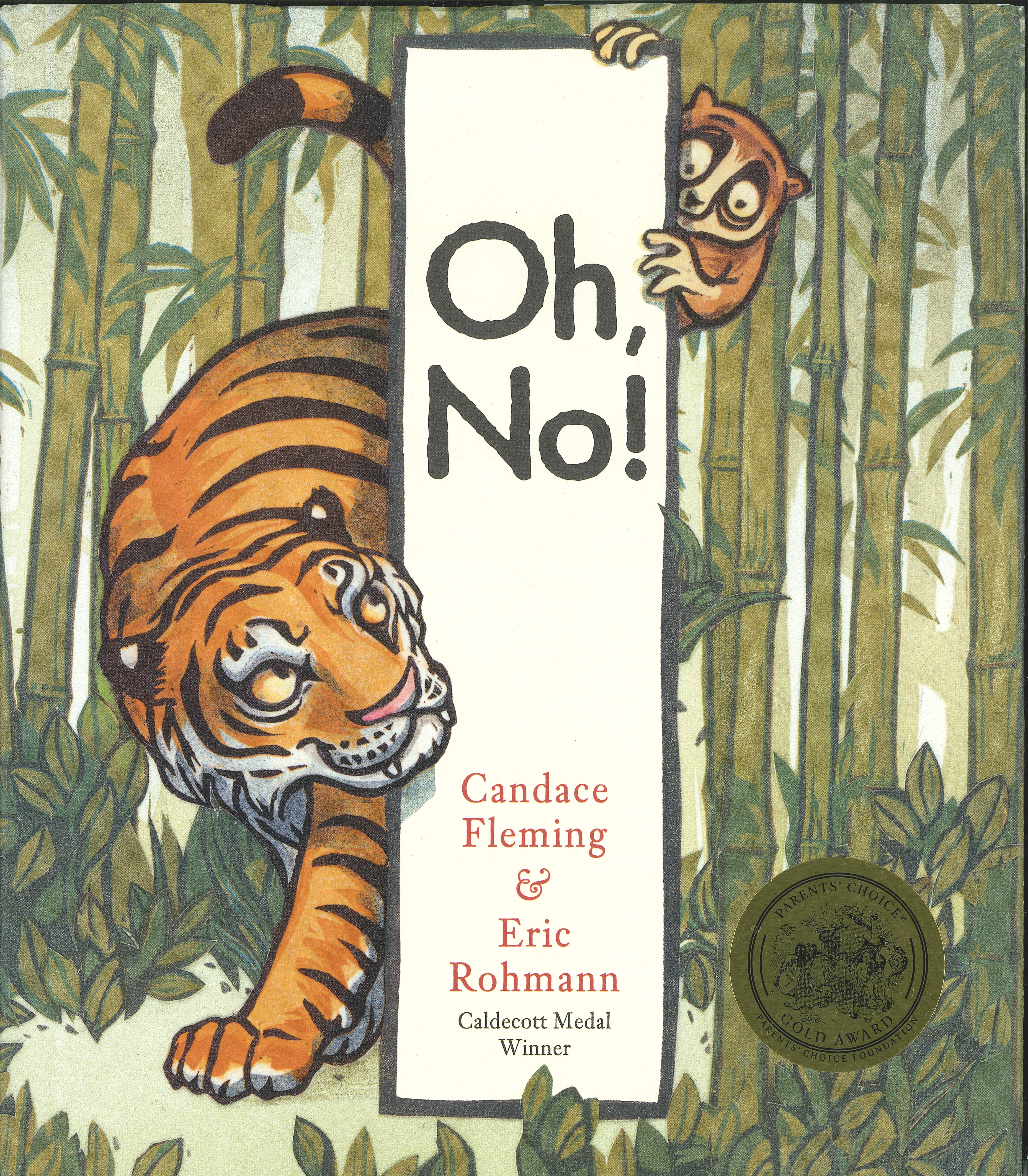 Oh, No! by Candace Fleming - One by one, all of the forest animals are falling into a big, deep hole. Oh, No! And the very hungry tiger is lurking. Oh, No! Do the animals escape or become the tiger’s lunch? I won’t give away the ending, but I love this book. Each animal has their own sound that can be imitated by your students and followed by a big “Oh, No!” The book can be used for vocal exploration and students will love acting out the parts. I have used this as an unpitched percussion exploration lesson with my younger students and a layered ostinati activity with my older ones. In that case, each animal has their own melodic ostinato with the group ensemble playing a short, composed melody each time an animal falls into the hole. This is a great activity to explore la pentatonic or one of the minor diatonic modes.
Oh, No! by Candace Fleming - One by one, all of the forest animals are falling into a big, deep hole. Oh, No! And the very hungry tiger is lurking. Oh, No! Do the animals escape or become the tiger’s lunch? I won’t give away the ending, but I love this book. Each animal has their own sound that can be imitated by your students and followed by a big “Oh, No!” The book can be used for vocal exploration and students will love acting out the parts. I have used this as an unpitched percussion exploration lesson with my younger students and a layered ostinati activity with my older ones. In that case, each animal has their own melodic ostinato with the group ensemble playing a short, composed melody each time an animal falls into the hole. This is a great activity to explore la pentatonic or one of the minor diatonic modes.
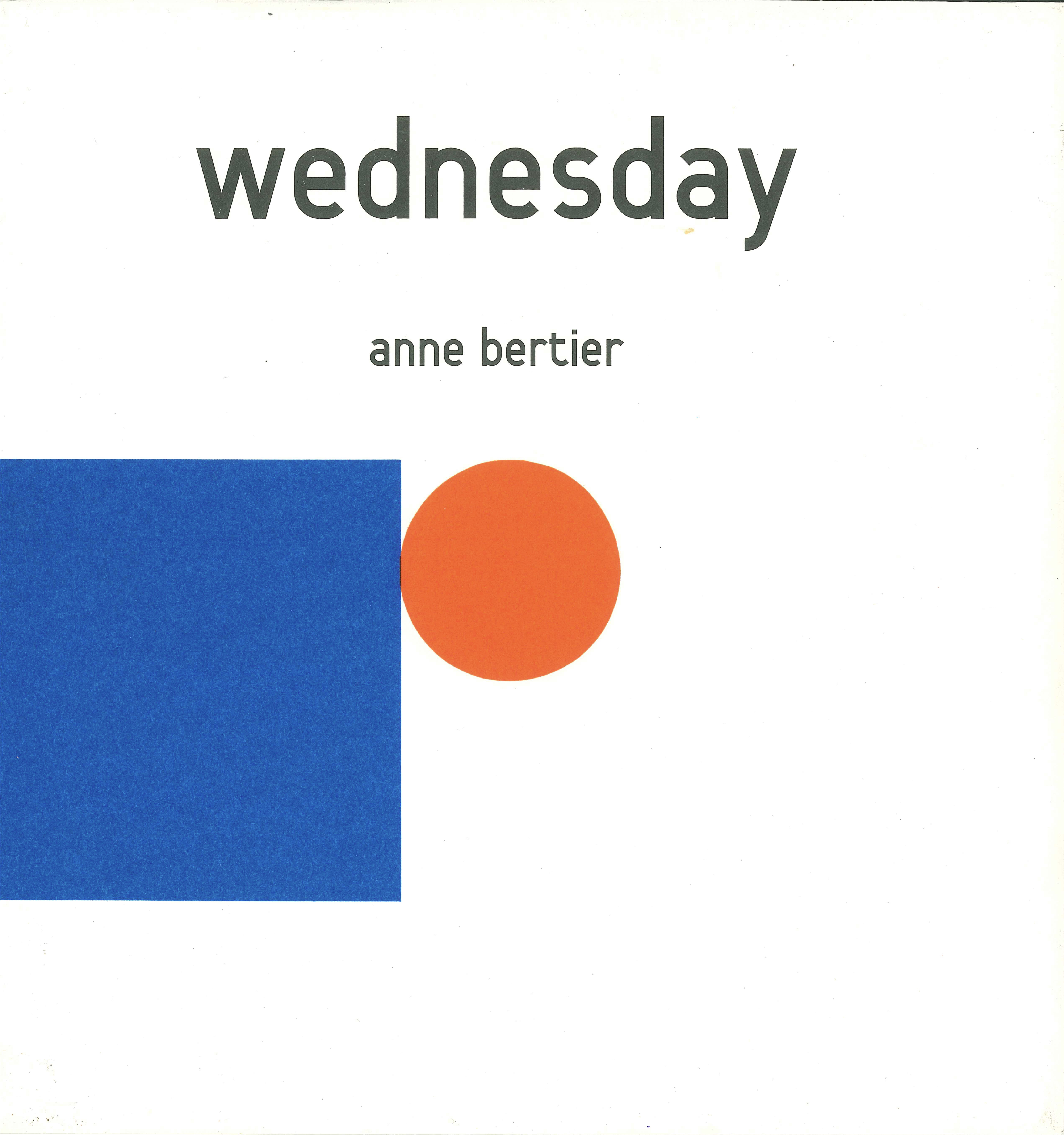 Wednesday by Anne Bertier - This book tells the story of Little Round (a circle) and Big Square (yep, a square!). The two objects transform themselves into as many shapes as they can until Little Round discovers that it cannot do as many transformations as can Big Square. They discover that if they work together, there are so many more possibilities! I love using this book as a completely silent activity. I divide the class into two unequal halves and show them pictures of objects on my projector. Without making any noise or talking to one another, each group has to figure out how to make that shape. As the objects get more intricate, the two groups have to decide if they can make that shape in separate groups, or if they have to join together, again, only using silent communication. The kids love this challenging activity, especially the added silent component.
Wednesday by Anne Bertier - This book tells the story of Little Round (a circle) and Big Square (yep, a square!). The two objects transform themselves into as many shapes as they can until Little Round discovers that it cannot do as many transformations as can Big Square. They discover that if they work together, there are so many more possibilities! I love using this book as a completely silent activity. I divide the class into two unequal halves and show them pictures of objects on my projector. Without making any noise or talking to one another, each group has to figure out how to make that shape. As the objects get more intricate, the two groups have to decide if they can make that shape in separate groups, or if they have to join together, again, only using silent communication. The kids love this challenging activity, especially the added silent component.
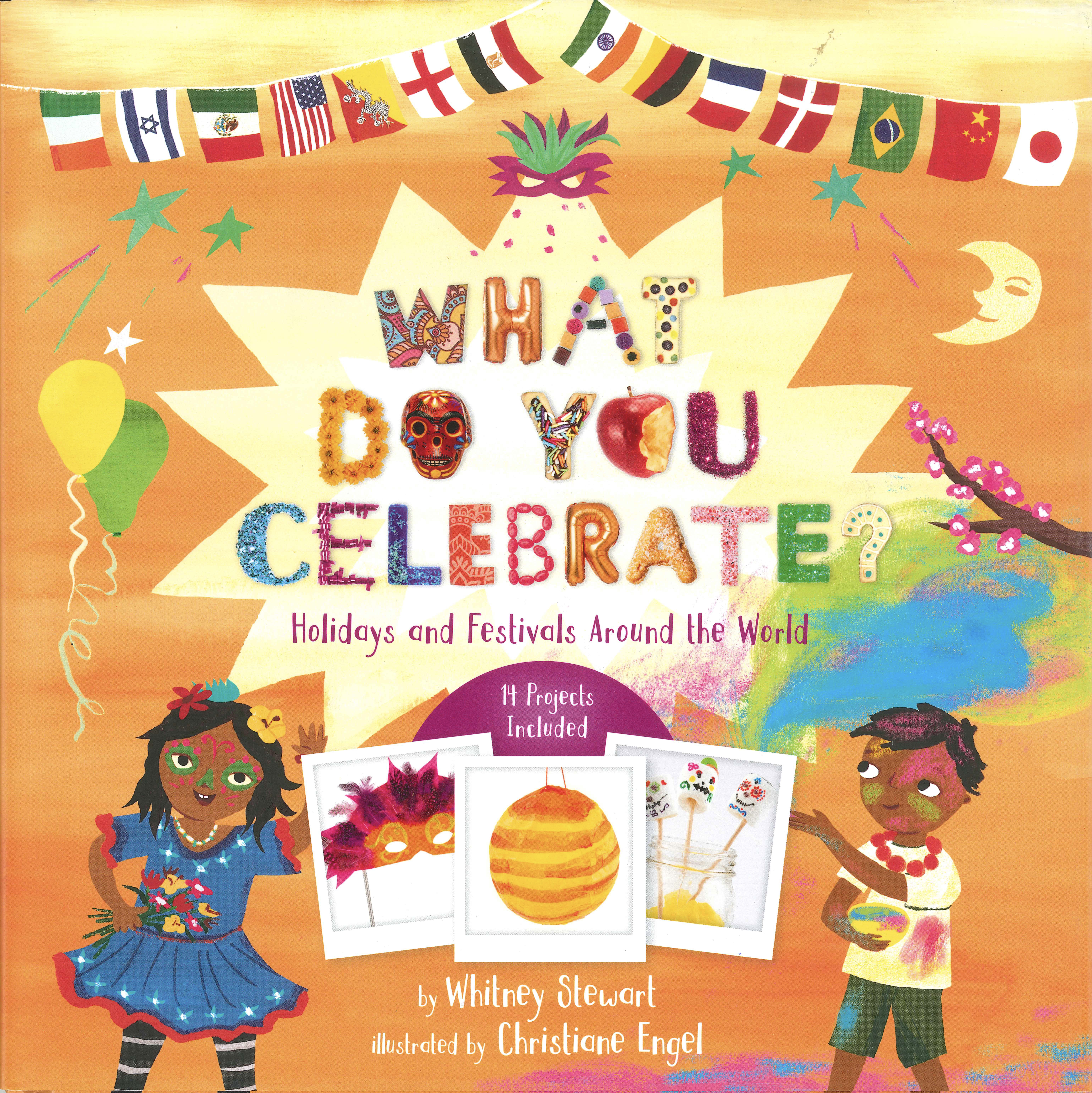 What Do You Celebrate? Holidays and Festivals Around the World by Whitney Stewart - This book explores fourteen different countries and one special holiday or festival from each. For each country, a description of the holiday and a little history about it is given along with the foods, expressions, and artifacts that accompany it. Also included are directions for games or instructions for activities as well as recipes for food. For example, learn to cook Hamantaschen, a pastry from Israel, or learn how to play a simplified version of “Degor” from Bhutan. This book can be a great starting point to have students explore and learn about other cultures and, of course, seek out authentic musical examples and dances to deepen and enrich the learning.
What Do You Celebrate? Holidays and Festivals Around the World by Whitney Stewart - This book explores fourteen different countries and one special holiday or festival from each. For each country, a description of the holiday and a little history about it is given along with the foods, expressions, and artifacts that accompany it. Also included are directions for games or instructions for activities as well as recipes for food. For example, learn to cook Hamantaschen, a pastry from Israel, or learn how to play a simplified version of “Degor” from Bhutan. This book can be a great starting point to have students explore and learn about other cultures and, of course, seek out authentic musical examples and dances to deepen and enrich the learning.
1. Carl Orff and Gunild Keetman, Music for Children, Volume 1, trans. Margaret Murray (London: Schott 1976) p. 24
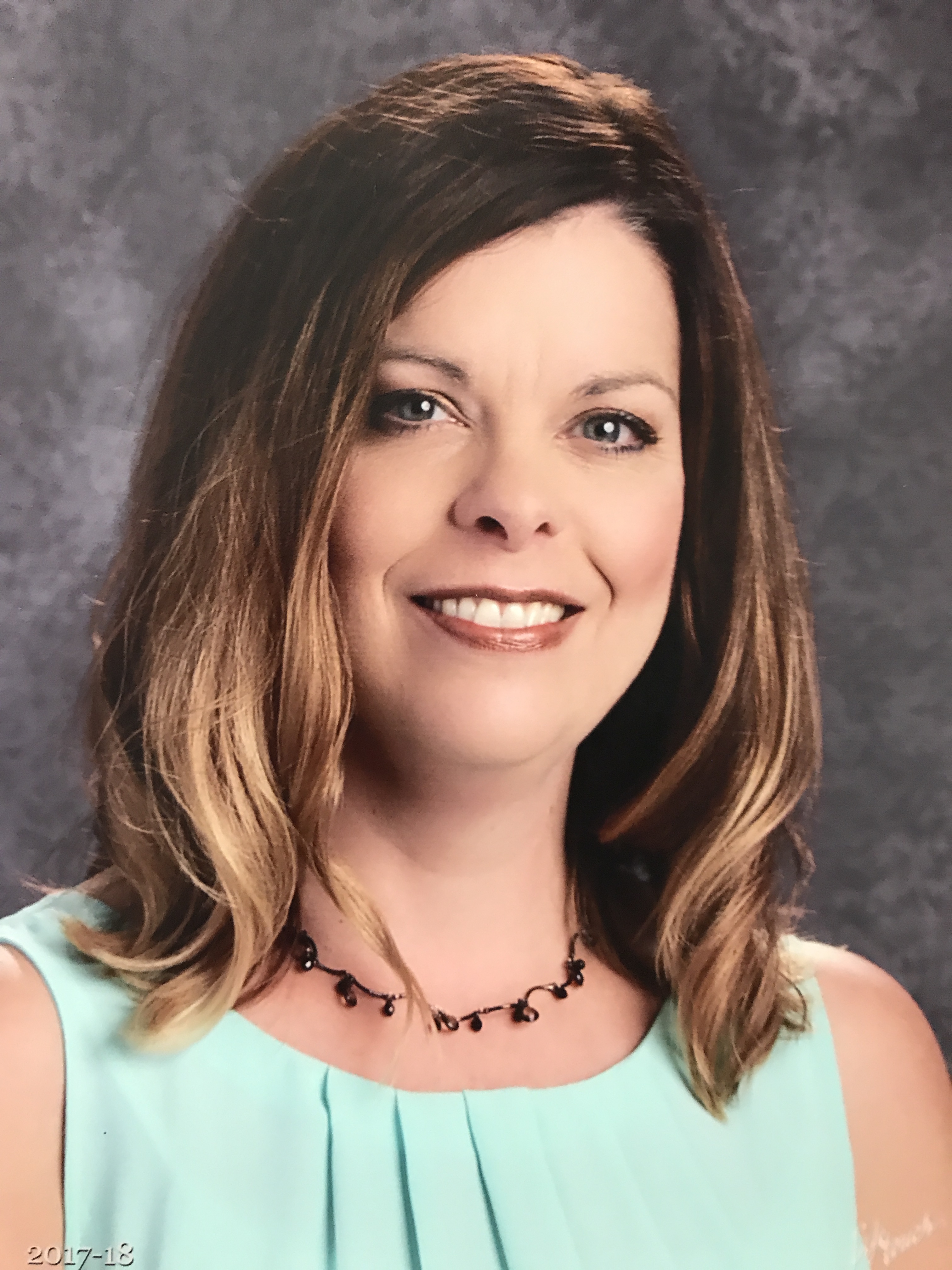 Tiffany English is the music specialist at Sugar Hill Elementary School in Gwinnett County, Georgia. She holds multiple degrees from the University of Georgia and Piedmont College. Her education also includes post - Level III Orff Schulwerk Teacher Education and Level I Kodály training. Tiffany has served AOSA as Region IV representative on the National Board of Trustees, vice president and president of AOSA, chair of the Professional Development Committee, president of the Atlanta Area Orff Chapter, and co - chair for the 2014 and 2021 AOSA Professional Development Conferences.
Tiffany English is the music specialist at Sugar Hill Elementary School in Gwinnett County, Georgia. She holds multiple degrees from the University of Georgia and Piedmont College. Her education also includes post - Level III Orff Schulwerk Teacher Education and Level I Kodály training. Tiffany has served AOSA as Region IV representative on the National Board of Trustees, vice president and president of AOSA, chair of the Professional Development Committee, president of the Atlanta Area Orff Chapter, and co - chair for the 2014 and 2021 AOSA Professional Development Conferences.
 Josh Southard is the Music Specialist at Smoky Row Elementary School in Carmel, IN where he teaches K-5 music. He is a past-president of the Indiana chapter of AOSA and has served on the National Board of Trustees of AOSA as the Regional VI Representative. He is the author of “Sing and Play, Stories All Day.” He teaches Level II Orff Teacher Education courses in Gwinnett County in Atlanta, GA, and Level I at DePaul University in Chicago, IL and Anderson University in Anderson, IN.
Josh Southard is the Music Specialist at Smoky Row Elementary School in Carmel, IN where he teaches K-5 music. He is a past-president of the Indiana chapter of AOSA and has served on the National Board of Trustees of AOSA as the Regional VI Representative. He is the author of “Sing and Play, Stories All Day.” He teaches Level II Orff Teacher Education courses in Gwinnett County in Atlanta, GA, and Level I at DePaul University in Chicago, IL and Anderson University in Anderson, IN.
Reverberations - December 8, 2020
.jpg)
